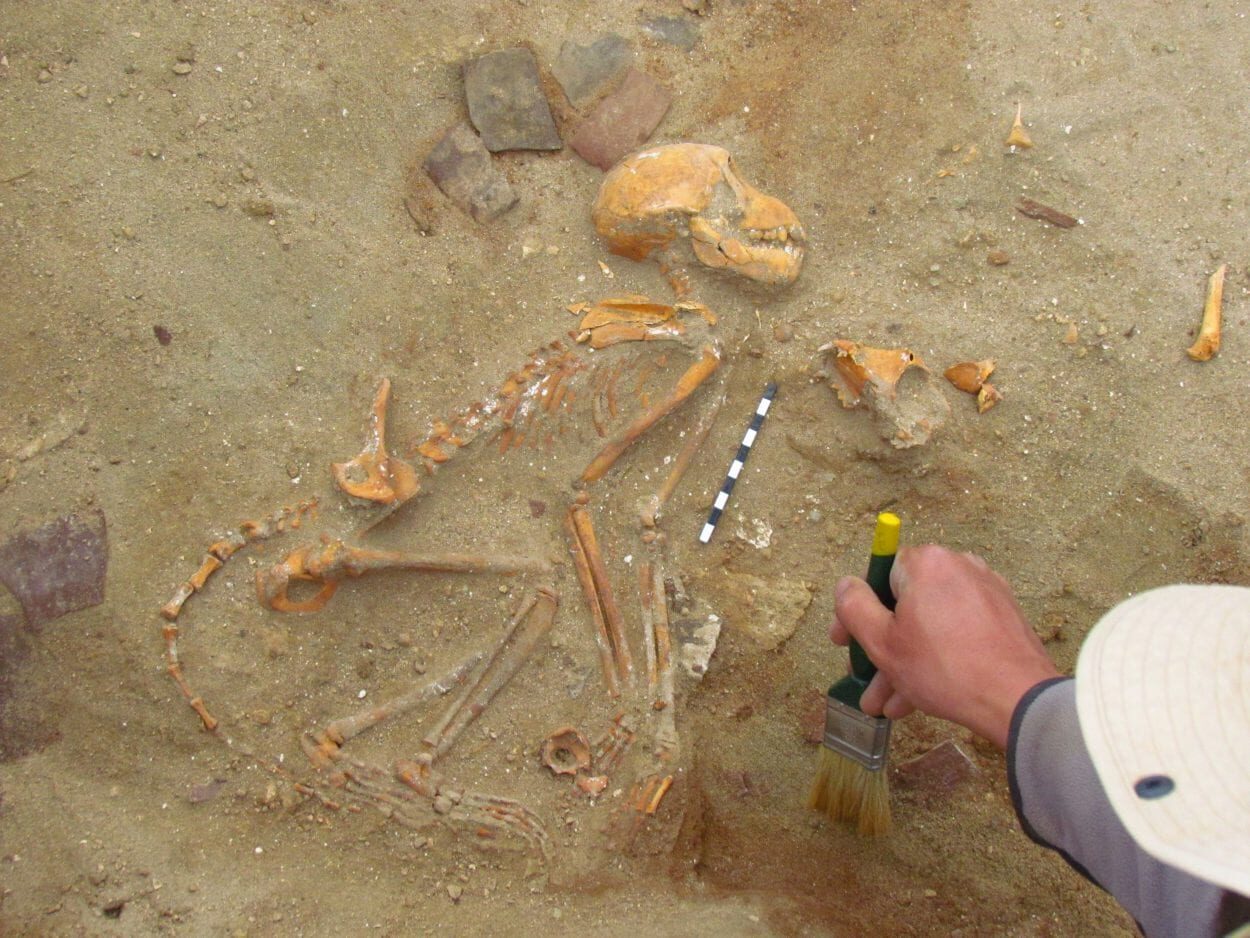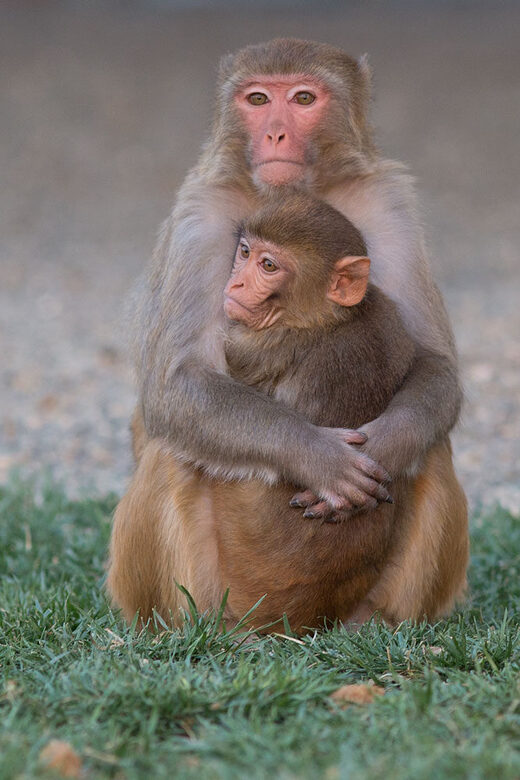OF THE
TIMES
History will have to record that the greatest tragedy of this period of social transition was not the strident clamor of the bad people, but the appalling silence of the good people.
As the magnetic field decreases in strength, it allows more cosmic rays to penetrate our atmosphere. It's these cosmic rays that 'do the work' in...
and from where do the Pharma companies get the lucre.
Why is 'the setup' of a former President of the USA not surprising ! The message here is also, if we can do this to a former President imagine...
“ Degani said that she will stand as an independent candidate in the local elections, scheduled for June 7.” She’s not an independent, she’s a...
A dumbed down population has been the goal for 100 years or more and the powers that be are well on their way to achieving all of their goals.
To submit an article for publication, see our Submission Guidelines
Reader comments do not necessarily reflect the views of the volunteers, editors, and directors of SOTT.net or the Quantum Future Group.
Some icons on this site were created by: Afterglow, Aha-Soft, AntialiasFactory, artdesigner.lv, Artura, DailyOverview, Everaldo, GraphicsFuel, IconFactory, Iconka, IconShock, Icons-Land, i-love-icons, KDE-look.org, Klukeart, mugenb16, Map Icons Collection, PetshopBoxStudio, VisualPharm, wbeiruti, WebIconset
Powered by PikaJS 🐁 and In·Site
Original content © 2002-2024 by Sott.net/Signs of the Times. See: FAIR USE NOTICE


Comment: Other recent research paints a pretty grim picture of how the ancient Egyptians treated some of their animals.
See also: